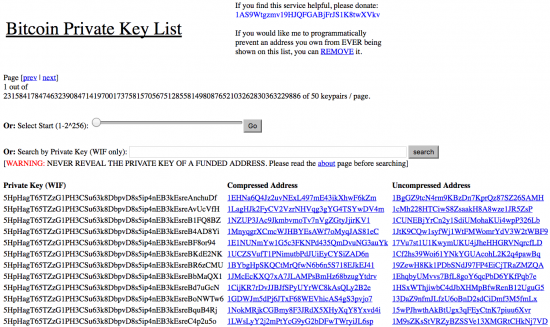How do you know a given technology has arrived? When the scammers start to show up. Since the introduction of Bitcoin in 2009, nearly $11 million has been stolen in numerous bitcoin scams. Despite having been prominent in the news, many people are still not familiar with digital currencies and can’t recognize common Bitcoin scams when they see them.
For investors who want to safely get into Bitcoin, this is the article for you.
There are a lot of different bitcoin scams. This article discuss four: fradulent wallets, brand impersonators, fake mining operations and Ponzi schemes.
1. Fraudulent Wallets
A fraudulent wallet is a Bitcoin application designed to look official in order to steal from you. Numerous fraud Bitcoin wallets enter and leave the market every day from credible stores on the Android and Apple platforms. These wallets upload malware along with their bogus application, allowing hackers access to critical information like your bank account and any Bitcoins you obtain. One way to avoid fraudulent wallets is to go with a well-known application like Ledger Nano, Trezor or Coinbase. You can also ask around.
2. Brand Impersonators
Brand impersonation is commonly used in Bitcoin scams. The scam works like this: a scammer sends a clickbait type message on social media. The message appears to come from a legitimate source. The message directs the user to a site which appears to offer a useful service. The site will then entice the user to enter in their private Bitcoin key. Once the user enters a key, it is stolen and the scammer will be able to spend directly from the user’s Bitcoin wallet. See the graphics below for examples.
Source: ZeroFox
The social media security firm, Zerofox.com, found over 40,000 brand impersonator social media profiles, gathering their research from platforms like Facebook, Twitter, Instagram, LinkedIn, Google plus, and Youtube.
3. Fake Mining Operations
Nearly all Bitcoin mining operations have been called scams at one point. To clarify, a fake mining operation is defined as one that takes payments from “investors” but never actually mines Bitcoin. Usually the best way around fake mining operations is to avoid getting involved in the first place. Exercise due dilligence. Red flags for fake miners are:
- Newly registered websites with hard to identify ownership
- Companies registered in locations with weak identity requirements
- Evasion when asked to show proof of equipment
- Initial payouts which stop and do not resume
- Emphasis on marketing and promotion over operations
- Advertising on channels which do not verify credentials.
4. Ponzi Schemes.
A Bitcoin ponzi scheme is an operation, website or organization which falsely markets itself as engaging in cryptocurrency investing or other activity. In reality, these organizations collect money from users and pay out returns for a period of time. After a while, the fake organization stops paying out and user’s funds are stolen. In cryptocurrency, these are usually “mining” schemes which collapse when users stop buying fake mining contracts. How can you avoid Bitcoin ponzi schemes? According to the SEC, the official characteristics of a Ponzi scheme are:
Source: SEC.gov
Avoiding Bitcoin Scams – Get Educated
Every investment in digital currency contains an element of risk. If you’re willing to take the risk, the best strategy is to educate yourself on how blockchain technology works. In case you aren’t clear – blockchain technology is the methodology underling Bitcoin’s value. A good resource is to check out Brock Pierce crypt currency expert. Pierce is an interesting guy, he was a child actor and appeared in the films Mighty Ducks (1992), Mighty Ducks 2 (1994) and First Kid (1996). In later life Pierce went on to become a leader in the Bitcoin community. Here is a great video where he walks you through the logistics of blockchains and how they work in today’s economy.
If you want to invest more into Bitcoin and stay safe, this video will help.
Ever run into trouble with digital currency? If so, leave us a comment below.
Photo credit: Sean MacIntee

Alexa Mason is a freelance writer and internet entrepreneur. She is also a parent to two beautiful little girls. She chronicles her journey as a single mom working on building financial security.




Comments